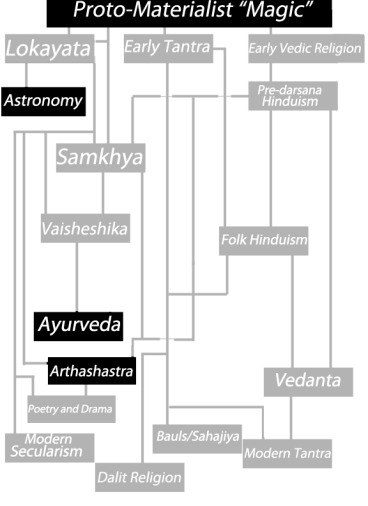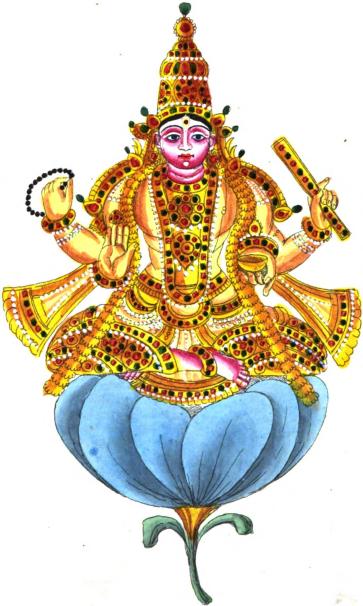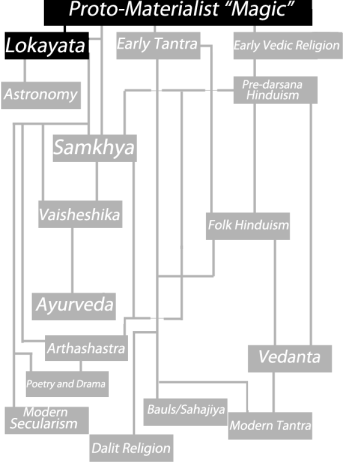
Mughal Emperor Akbar, (1556-1605). Religious reformer and commissioner of freaky experiments. From the National Museum, New Delhi
Image source Indiapicks.com
When I was reading Abd al-Qadir Bada’uni’s history, Tarikh-i-Badauni in preparation for the last post I made on the Razmnamat, I came across an interesting passage. According to Bada’uni, Akbar carried out an early psychological experiment in infant seclusion. The history reads:
“In this year (989 H. [1581 AD]), in order to verify the circumstances of the case (of the man who heard without ears), an order was issued that several suckling infants should he kept in a secluded place far from habitations, where they should not hear a word spoken. Well-disciplined nurses were to be placed over them, who were to refrain from giving them any instruction in speaking, so as to test the accuracy of the tradition which says, “Every one that is born is born with an inclination to religion,” by ascertaining what religion and sect these infants would incline to, and above all what creed they would repeat. To carry out this order, about twenty sucklings were taken from their mothers for a consideration in money, and were placed in an empty house, which got the name of Dumb-house. After three or four years the children all came out dumb, excepting some who died there – thus justifying the name which had been given to the house.”[1]
Italics added
I had thought that for sure that Akbar must have been the first one to carry this experiment out. But I was wrong. It turns out that Psamtik I, Pharoh of Egypt from 664 – 610 BC, Frederick II, Emperor of the Holy Roman Empire from 1212–122, and James IV, King of Scotland from 1488–1513, all had beat Akbar to the punch. However, they all did it to discover which language the infants would end up speaking.[2] Akbar seems to be the first to try this with religion in mind.
I truly admire the impetus for this experiment. He was trying to obtain some scientific data on the question of religion by removing the variables of societal and parental conditioning from the equation. How modern! Of course, if he was trying to find the “true” religion via this method, the whole premise of the experiment is flawed. Even if people are inclined towards a particular religion without any conditioning, it doesn’t necessarily mean that religion is true. However, Bada’uni never hints at such a bold hypothesis, so I must conclude that it was a very admirable attempt at rational discovery of truths normally reserved for “revelation.”
Less admirable is the fact that he was willing to sacrifice the lives of several children to get the answer. This is the kind of thing I’d expect to read in a Nazi or Japanese war crimes tribunal. Were the deleterious effects of social and maternal deprivation not known at the time? Or did the concept of child abuse simply not exist in the 14-1500s, as Psychohistorians like Lloyd deMause would argue?
I’ve looked for other references to this experiment for more information, but have only been able to find this one reference from Bada’uni’s history. I’m also unclear on what he means by “the man who heard without ears.” I’m assuming it means a man who believed a religion without ever having heard it due to deafness. If anyone has more information put it in the comments please.
Hit “Continue reading” for citations.
(Edit: It has become evident that I need to substantiate the title of this piece. Sure, the Gestapo didn’t actually conduct the experiments, but neither did Akbar. The Gestapo was just Himmler’s tool for pressuring the medical establishment and doing logistical tasks like picking out the subjects. Regardless, a better title would have replaced “Gestapo” with “SS” or “Himmler.” I’ll probably change that at a later point in time)
[1] Elliot, Sir Henry Miers. The history of India, as Told by its own Historians: The Muhammadan period, Hertford, 1873, Page 533
[2] Sułek, Antoni. The Experiment of Psammetichus: Fact, Fiction, and Model to Follow, Journal of the History of Ideas, No. 4 (Oct. – Dec., 1989), pp. 645-651






